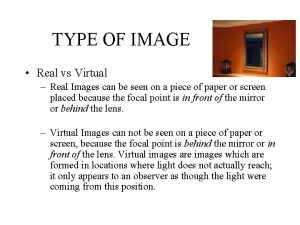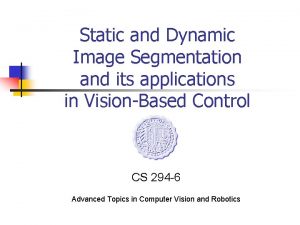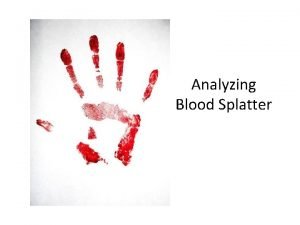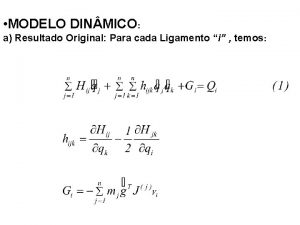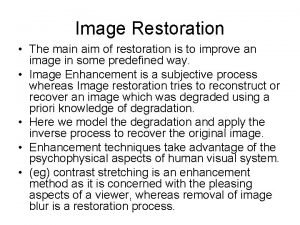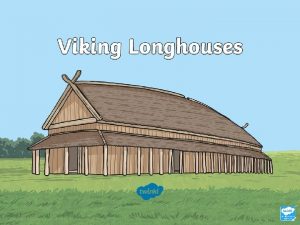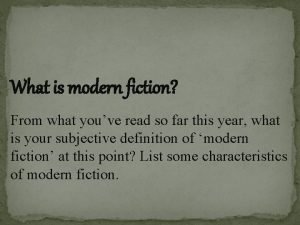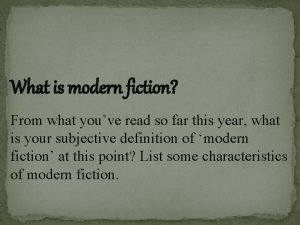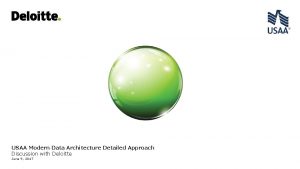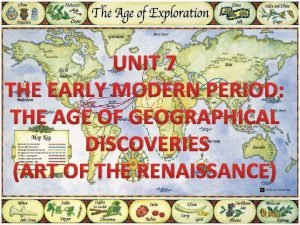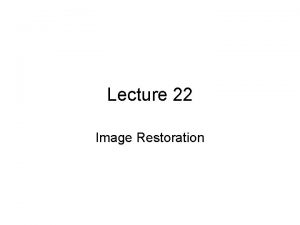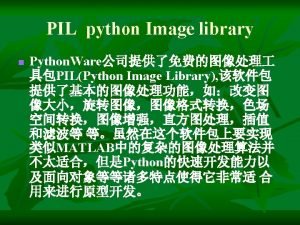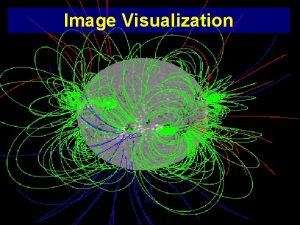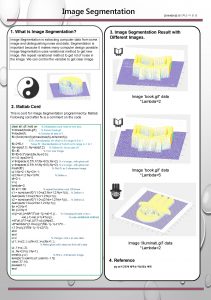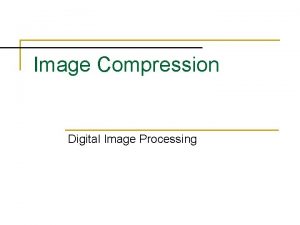CHINA Sattlelite Image of China Modern China China






























- Slides: 30

CHINA

Sattlelite Image of China

Modern China

China vs U. S. Geography China United States Size 3. 7 million 3. 6 million square miles Main Physical Barrier Himalayas, Gobi and Taklamakan Main River Yangtze / Mississippi / East - West North – South Population Greatest East Coast Rockies, Pacific and Atlantic East Coast

China’s Topography

China’s Precipitation

China’s Agriculture

China’s Agriculture i Pasture and Oasis at e h om t n na D W Rice t nan i m Do Double-crop rice

Shang Dynasty • Shang Dynasty 1600 – 1050 BC • Skilled bronze workers • Oracle bones provided earliest Chinese writing

Oracle Bones • Writing carved on turtle shells or Ox scapulas • Thrown in fire or touched with hot poker • Diviner read meaning from cracks

Shang Dynasty Bronze • wine vessel, ceremonial dagger, and burial urn

Zhou Dynasty • Zhou Dynasty 1050 – 770 BC • Iron Age begins (Bronze still prevalent) • Continue decentralized government based on tribute

T’ian Ming • Leader must be virtuous and able, in order to receive the Mandate of Heaven • The Mandate of Heaven continues as long as each generation rules well • When the leader becomes wicked and incompetent the Mandate will be revoked

Zhou Dynasty Artifacts • bronze bell, iron and 2 bronze swords, jade ornament

Period of Warring States • 770 – 221 BC continuous period of warfare • Confucius, Lao Tzu (Taoism), and Sun Tzu (Art of War) emerge from this period

Art of War “In the practical art of war, the best thing of all is to take the enemy's country whole and intact; to shatter and destroy it is not so good. So, too, it is better to recapture an army entire than to destroy it… Hence to fight and conquer in all your battles is not supreme excellence; supreme excellence consists in breaking the enemy's resistance without fighting. ”

Confucianism Li --> propriety, societal rules, ritual (Binding force of an enduring stable society) Ren --> humaneness, kindness, empathy Xiao --> filial piety (respect for elders, patriarchal society, and ancestor worship) “The superior man (junzi) blames himself; the inferior man blames others”

Taoism Wuwei --> let nature take its course and flow with it, not against it • Reject formal education • Discover nature and rhythm of the Universe • Detach from man-made societal concerns “Free from desire, you realize the mystery. Caught in desire, you can only see the manifestations [of that mystery]. ”

Qin Dynasty • 221 -206 BC • Reunited China after centuries of internal warfare and gave the nation its modern name

Qin Dynasty • Centralized government under Shi Huangdi • Many li of the Great Wall built • Legalism imposed • Confucian books burned and scholars buried

Legalism Fa --> published laws; apply to everyone, regardless of rank; both rewards and punishments Shu --> bureaucracy to enforce laws; also subject to laws; impartial and competent Shi --> respect the office not the individual; emperor does not rule by personality, but by law Man is neither morally good or bad, simply influenced by the “two handles”

Shi Quangdi’s Tomb • over 8, 000 warriors and 600 horses with no two alike

Han Dynasty • 2 o 6 BC – 220 AD • Continues centralized state and develops strong bureaucracy

Han Dynasty • Trade route known as Silk Road develops • Confucian classics become basis of bureaucracy • Empire expands into Kazakhstan, Korea, and Vietnam

Three Kingdoms • 220 - 581 AD • Shu, Wei, Wu Kingdoms battled but more stable than Warring States • The Romance of the Three Kingdoms

Sui Dynasty • 581 – 618 AD • Grand Canal, 40 paces wide and 1200 miles long, built as a unification and economic project

Sui Dynasty • Taxation of 1 month’s labor per year – Grand Canal • Standardized coinage • Equal Field System (140 mou permanent) • Rebuilt capital and invaded Korea

Tang Dynasty • 618 - 907 AD • “Rule of Avoidance” to strengthen control of bureaucracy • Buddhism flourishes

Tang Dynasty Advances • Printing Press • Gunpowder • Porcelain • Mechanical Clocks • Silk Road guarded again

Song, Yuan, Ming, Qing Dynasties • 1949 AD PRC reunites China
 Virtual vs real image
Virtual vs real image Real vs virtual image
Real vs virtual image Translate
Translate Linear position invariant degradation
Linear position invariant degradation Image compression in digital image processing
Image compression in digital image processing Key stages in digital image processing
Key stages in digital image processing Analog image and digital image
Analog image and digital image Error free compression in digital image processing
Error free compression in digital image processing Image sharpening and restoration
Image sharpening and restoration Static image vs dynamic image
Static image vs dynamic image Image geometry in digital image processing
Image geometry in digital image processing Area of convergence
Area of convergence Isopreference curve
Isopreference curve Ce n'est pas une image juste c'est juste une image
Ce n'est pas une image juste c'est juste une image Physical image vs logical image
Physical image vs logical image Dot resultado
Dot resultado Enlighten about image noise and restoration
Enlighten about image noise and restoration Walsh transform in digital image processing
Walsh transform in digital image processing Maketform
Maketform Noise
Noise 余采樺
余采樺 Melody randford
Melody randford Why were viking longhouses smelly?
Why were viking longhouses smelly? What is modern fiction
What is modern fiction What is modern fiction
What is modern fiction A pattern of meteorological symbols that represent weather
A pattern of meteorological symbols that represent weather Modern data architecture consulting
Modern data architecture consulting Heart of darkness as a modern novel
Heart of darkness as a modern novel Early modern period dates
Early modern period dates Modern per stirpes
Modern per stirpes Modern per stirpes
Modern per stirpes
